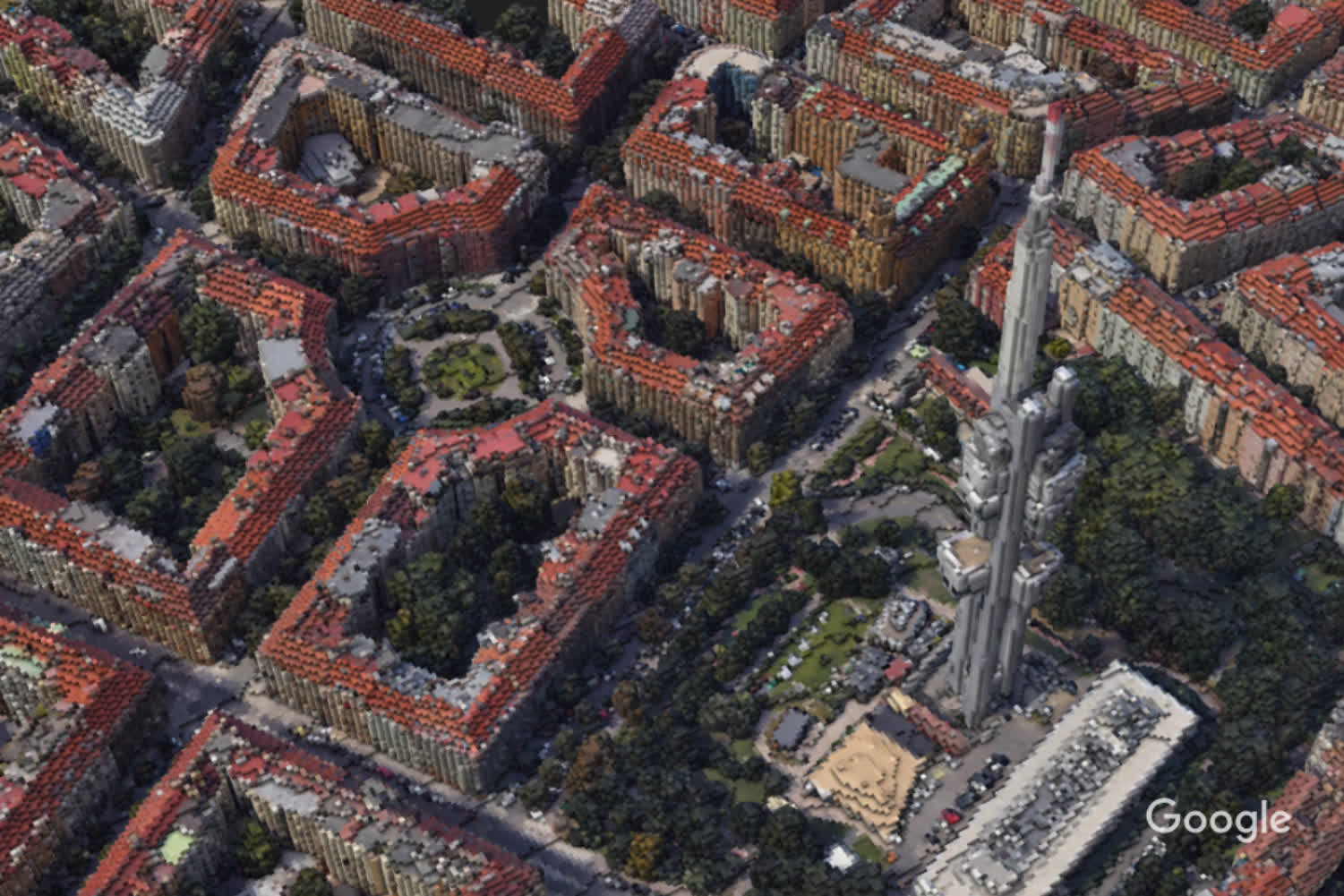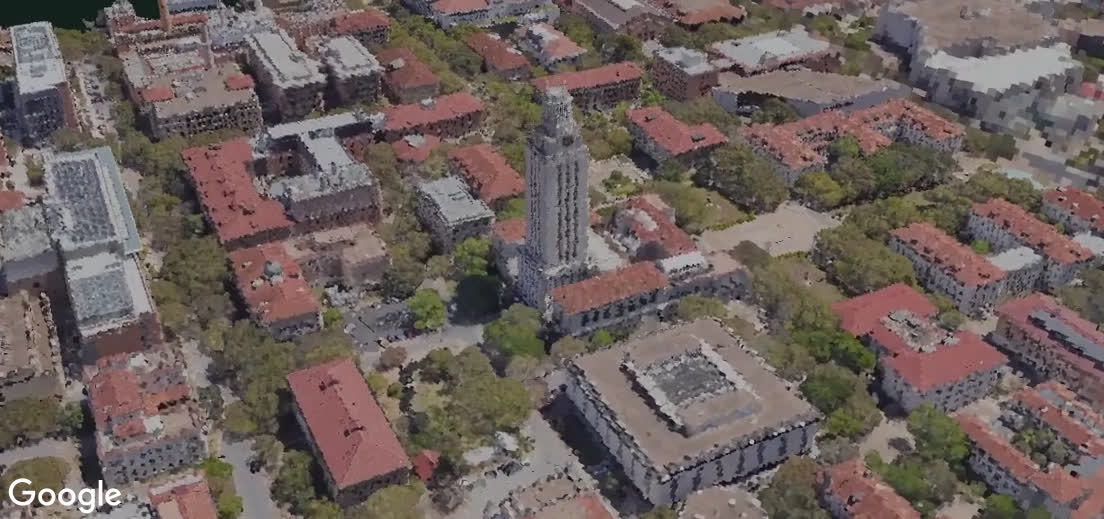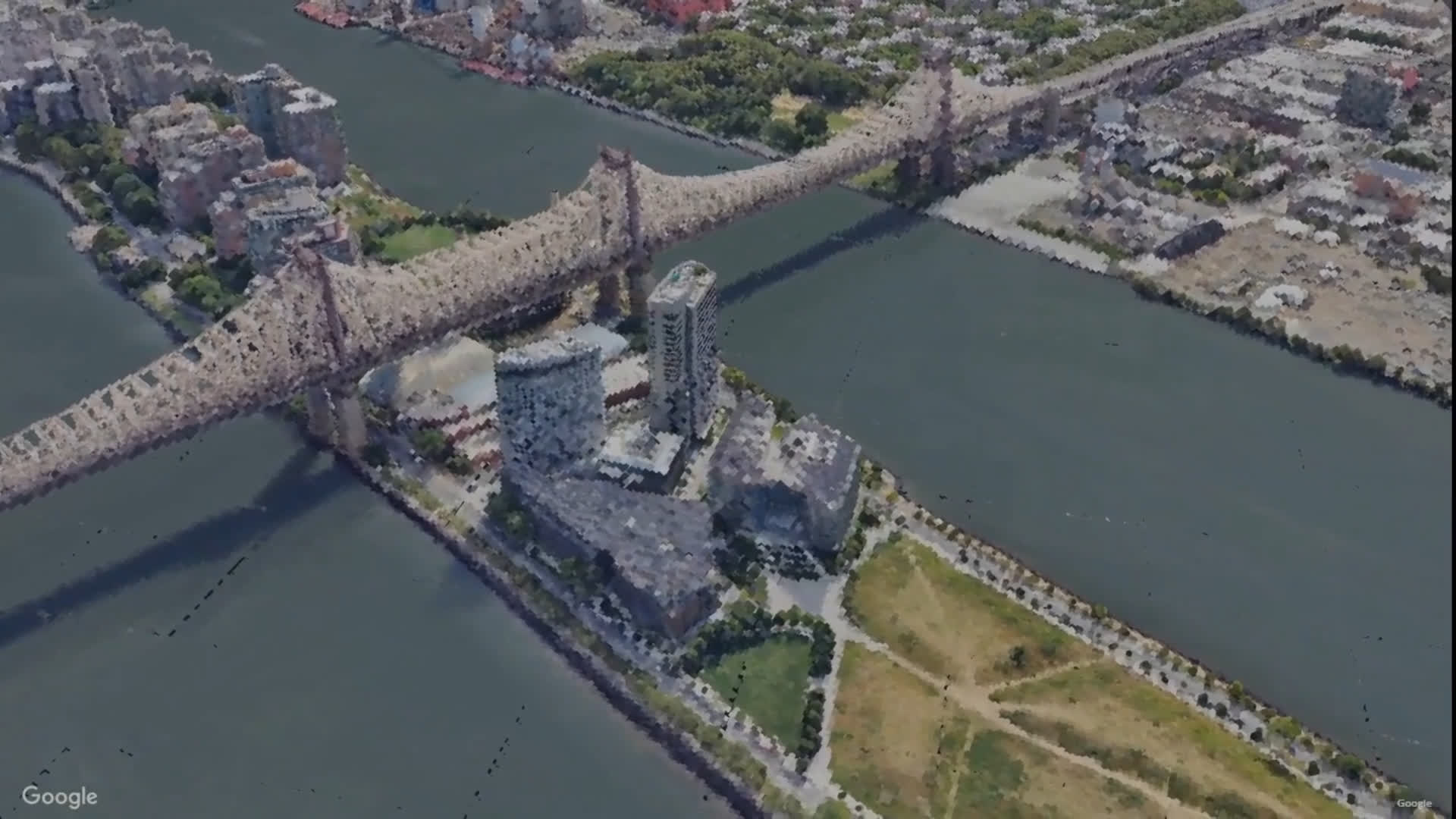Forward-looking: Building real places at a true-to-life scale in Minecraft is not new. However, a Cornell Tech graduate recently demonstrated a method to automatically generate a faithful Minecraft representation of the earth that receives regular updates. He will unveil the project's results at SIGGRAPH 2024 in late July.
Attendees at SIGGRAPH 2024 at the end of July can experience a life-scale replica of the earth in Minecraft. A Cornell student accomplished the feat by automatically converting Google Maps data into Minecraft environments.
Cornell Tech graduate Ryan Lewis created a program that converts photogrammetry and high-resolution models from Google Earth into grids of voxels. A machine learning algorithm transforms each voxel into a Minecraft block, automatically determining its color and material. The result recreates features like buildings, cities, forests, mountains, bodies of water, and other geographical features into functional Minecraft maps that users can view and modify in real time.

Optimization methods like parallel processing and compression helped manage the massive amount of data from Google Earth. Additionally, the mod only voxelizes new 3D tiles upon loading them. To enhance detail or improve performance, users can also control the resolution scale, increasing or decreasing the number of blocks representing structures. Better rendering and compression techniques could further improve graphics and performance.
Lewis was inspired by his early days playing Minecraft when he often started ambitious construction projects without ever completing them. The mod aims to avoid the manual labor involved when large teams of volunteers build real-life locations in Minecraft or when modders use the game to represent the cosmos. Lewis hopes his work can provide an accessible interactive Earth simulator for educators, architects, civil planners, and other professionals.

Voxelized Google Earth supports VR experiences, Minecraft servers, and other online platforms, which Lewis will demonstrate at SIGGRAPH 2024 in Denver from July 28 to August 1. Furthermore, the project uses the latest Google Earth data to continually update and reflect changes in the real world while following Google's no-cache policy. As a result, expanding coverage of 3D tiles in Google Earth will make Lewis' Minecraft-built version of Earth more detailed and realistic over time.
Lewis's research paper on the project, a description with video clips, and a SIGGRAPH interview are available online.
